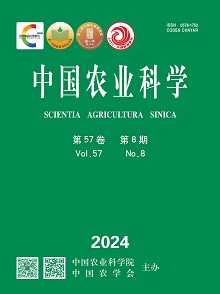【Objective】The two main types of allotetraploid cotton that are currently cultivated are upland cotton, known for its high yield and good adaptability, and island cotton, which boasts excellent fiber quality but lower yield. EXO70, a vital subunit of the exocyst complex, plays a significant role in plant growth, development, and stress response. By identifying and analyzing members of the EXO70 gene family in upland and island cotton at the whole-genome level, and studying their functions in fiber development and environmental adaptation, we can shed light on the molecular basis for the differences in traits between these two varieties. 【Method】The reference sequences of EXO70 protein in Arabidopsis were obtained from the TAIR database. HMMER, ExPASy, MEME, TBtools, and other analysis tools were used to identify and analyze the members of EXO70 gene family in the genomes of upland cotton TM-1 and island cotton Hai7124. The similarities and differences in gene expression patterns, correlations with crucial agronomic traits, and stress responses of this family were systematically compared. 【Result】Through genome-level analysis of upland cotton and sea-island cotton, 54 EXO70 family members were identified in both upland and sea-island cotton, which could be divided into eight subgroups based on phylogenetic analysis. Orthologous genes between upland cotton and sea-island cotton can be paired one-to-one and are distributed across the 20 chromosomes of both species. The majority of the members have single exons, while 12 pairs of homologous genes displayed significant differences in the reading frame sequences. Most orthologous genes in Gossypium hirsutum and Gossypium barbadense display similar expression patterns, but differences in expression levels are observed during the same fiber development stage, such as GH_A04G1208 and its orthologous gene GB_A04G1253 in subgroup A. Single gene association analysis revealed that more genes were associated with fiber quality traits in sea-island cotton, while more genes were associated with yield traits and environmental adversity sensitivity in upland cotton. Some trait association differences resulted from genetic structural differences between Gossypium hirsutum and Gossypium barbadense. Under different stresses, upland cotton showed a significantly higher number of induced genes compared to sea-island cotton. 【Conclusion】The sequence structure and gene expression patterns of the EXO70 family were found to be relatively conserved in both upland and island cotton during the formation, differentiation, and domestication of tetraploid cotton. However, in terms of EXO70 family members, island cotton had more genes related to fiber quality traits, while upland cotton had more genes related to yield traits and exhibited greater sensitivity to environmental stress.











